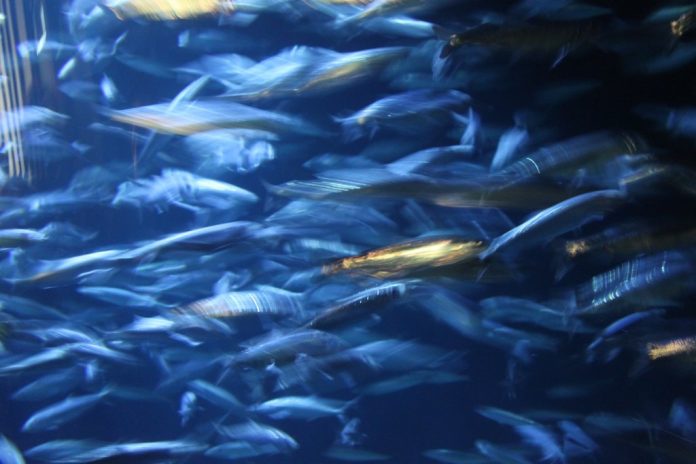The European Commission is again choosing to propose fishing limits above what science says is safe, according to Our Fish Programme Director Rebecca Hubbard. She was responding to the publication of the European Commission proposal for Baltic Sea fishing opportunities for 2019 on September 1, which includes increased quotas for plaice and western cod and reductions for Western herring.
Our Fish works to ensure European member states implement the Common Fisheries Policy and achieve sustainable fish stocks in European waters.
“This is not only a warning for EU ambition on ocean governance, it sets a low bar for EU fisheries ministers to deliver on their duty to end overfishing,” said Hubbard. “Despite this, fisheries ministers can still respond to EU citizens’ expectations and restore ocean health by setting limits that will end overfishing in the Baltic Sea in 2019.”
This year the EU Commission has proposed total allowable catches (TACs) that follow scientific advice in some cases, while not in others. According to Hubbard, it goes against scientific advice and proposes continued overfishing for Central Baltic herring, eastern Baltic cod, western spring spawning Herring, and removes extra protection for the blighted Western Baltic cod stock by lifting fishing restrictions during the spawning season.
“We have seen some improvements with Baltic fish stocks, but we are still too far from safe, healthy and profitable fisheries,” said Hubbard. “In October ministers can end overfishing in the Baltic. The longer they yield to short-term interest and delay ending overfishing, the greater the loss to communities dependent on these fisheries and to the health of the ocean. Deciding to continue overfishing may be politically easier but it harms the fish stocks, risking the viability of the fishing sector in the long-term.”

